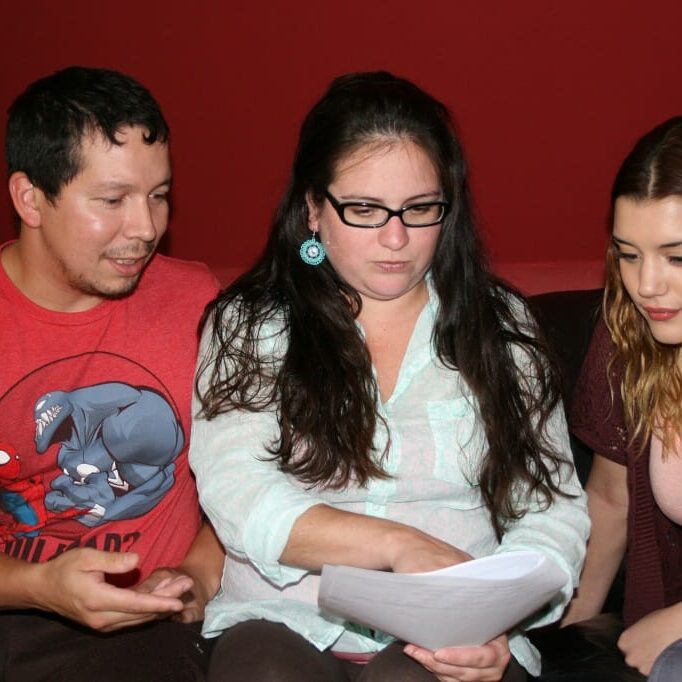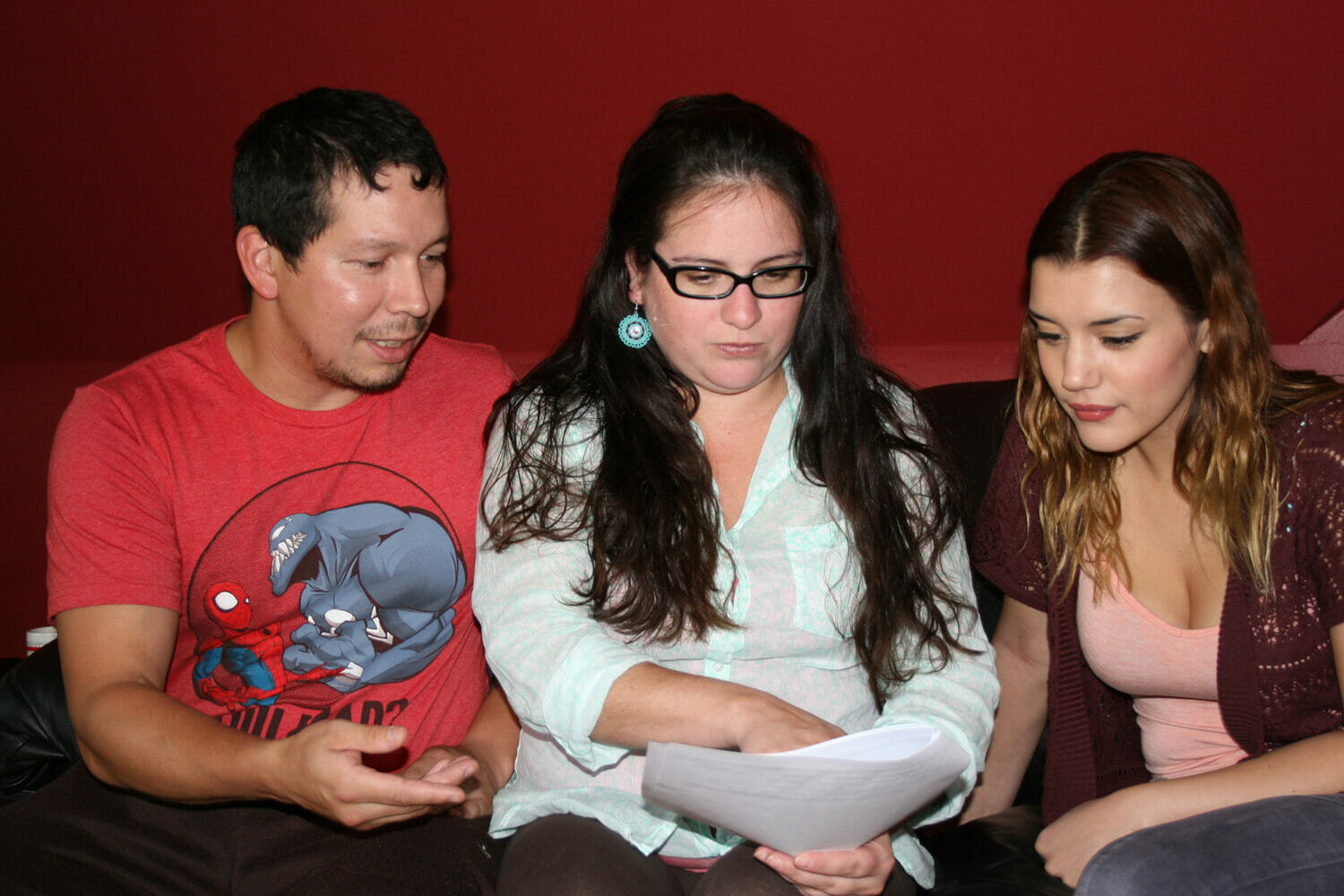

If Dal is to have an inclusive curriculum, Aboriginal Studies must be offered (photo by Malina Garner)
In a time where some seem to picture native peoples and their cultures as a thing of the past, outdated and only to be remembered in often biased history books, old Western movies, and beautiful—yet historically inaccurate—Disney movies, Dalhousie’s new minor in Aboriginal Studies should serve as a wake-up call to students.
A year or two ago, while my dad and I were driving through Oklahoma, I was startled by how many signs for elections for chief I saw. It was almost a foreign concept for me that the culture of chiefs still existed, much less that people actually voted for them. In reality, the Native American culture has a complex governing system that is very much alive. I was just ignorant of such things.
Unfortunately, I am not the only ignorant one: North American culture as a whole has left the blindfold on. While we are aware of native reserves, and that over a million people identify themselves as natives in Canada, we don’t seem to appreciate how alive their culture is. The only references we really see of native people’s impact on our society is in the Halloween costumes we bust out every October and kindergarten dream catcher projects. This cultural insensitivity is a direct result of the subtle belief that Native American culture is not active or as relevant as other cultures.
An example of this is Karlie Kloss’s controversial appearance in a headdress during the 2012 Victoria’s Secret Fashion Show. Horrified, native leaders were quick to point out that the headdress is a sacred thing, only to be worn by people of respect within the community, not something to be commercialized on the runway. I don’t personally believe Victoria’s Secret intentionally used a sacred symbol in an offensive way, rather the company probably didn’t know the value of the headdress as an ethnic and spiritual symbol of an active cultural group. If anything, we can learn a thing or two from Victoria’s Secret’s mistake as a direct representation of our ignorance of Aboriginal culture and its presence today, and a reason why offering a minor focusing on Aboriginal studies is important.
I’m sure, or at least I sincerely hope, that most students at Dal are aware that native culture persists today. Perhaps we don’t make the conscientious effort to remember them in the same way we remember that Spanish, African or Chinese cultures are active.
Some have raised concerns about budget cuts. How exactly can Dal afford to offer a new minor under these circumstances? I will be the first to admit I’m not fully up to date on Dal’s economic standing. However, there have been many new minors that havedebuted this year despite budget cuts, including Hispanic Cultures, Abrahamic Religions, Italian Studies, Latin American Studies, Middle East Studies and Popular Culture Studies. It appears Dal is making giant leaps toward providing students with opportunities to learn and explore other cultures and how they are represented in their place of origin and in North America. If we are committed to inclusivity at Dal and giving students chances to explore other cultures, the line certainly cannot be drawn before offering a minor in Aboriginal Studies.
The new minor will hopefully do a great deal to break stereotypes and move beyond the obscured view too many of us have of native culture as a thing of the past. My only wish is that it was offered sooner!






